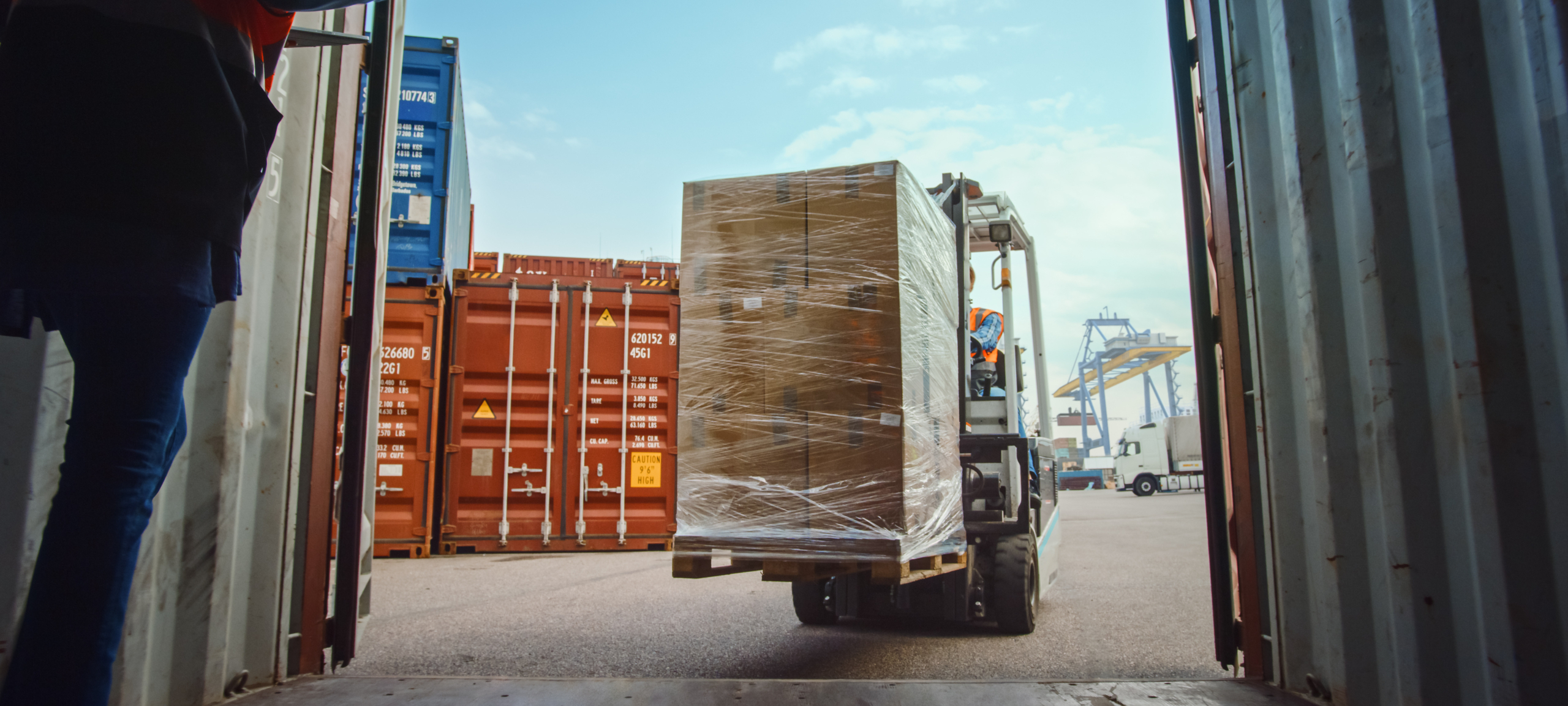

When a major infrastructure failure brings international shipping to a standstill, the ripple effects are felt across the globe. The sudden collapse of the Francis Scott Key Bridge in Baltimore in early 2024 didn’t just make headlines—it shut down one of the United States’ busiest ports, with ripple effects felt across the country for months. For importers and exporters, it was a powerful reminder of how quickly a single event can disrupt trade, derail schedules and expose hidden weaknesses in supply chains.
Australian businesses are not immune, even though we felt minimal effects as a result of the above event. As global operations become more interconnected, supply chains have also become more fragile. Ports, roads, geopolitical stability, and even tariffs are all factors that can throw finely tuned systems off course. When the movement of goods slows or stops, the financial impact can be severe. Insurance is meant to offer protection, but the reality is that many policies aren’t designed to cover the types of risks companies face in 2025.
Many businesses assume their insurance will cover any supply chain disruption, but that’s not always the case. While policies like Contingent Business Interruption (CBI) and Specialised Supply Chain Insurance (SSCI) can provide some protection, they often rely on specific triggers. CBI, for example, typically only responds when a supplier, customer or linked property suffers physical damage from a covered event, like a fire or flood. It won’t cover disruptions caused by transport network failures, political unrest or a partner’s insolvency, some of the most common threats supply chains face today.
The challenge lies in interpretation. In past legal cases, even government authorities managing infrastructure have been debated as “suppliers” under insurance terms. The lesson? Know who and what your policies actually cover. Assessing the financial impact of a two-day, two-week or two-month outage, and adjusting your coverage accordingly, can mean the difference between recovery and long-term disruption.

With supply chains under constant pressure from global disruptions, Contingent Business Interruption (CBI) insurance is becoming increasingly relevant. CBI is designed to cover losses that occur when a third party your business depends on, like a supplier or service provider, experiences physical damage that interrupts your operations.
For example, if a car dealership relies on vehicle shipments through the Port of Baltimore and access is blocked due to infrastructure failure, CBI may respond, but only if the policy recognises the port authority as a qualifying supplier and the disruption is tied to physical damage from a covered peril.
Understanding your exposure is key. Businesses must review:
Carefully reviewing your coverage can help avoid costly surprises when disruptions strike.
Every business relies on a web of suppliers, service providers and transport links—some more critical than others. But too often, these dependencies aren’t clearly mapped or fully understood until something goes wrong. Taking time to assess where the real pressure points sit in your supply chain is one of the most important steps in preparing for disruption.
A practical way to start is through financial scenario planning.
The answers can be confronting, but they’re essential for understanding your risk tolerance and whether your current insurance coverage is fit for purpose.
From there, review your policy limits and deductibles. Are they enough to keep the business afloat during a longer-term disruption? Also, consider whether your coverage aligns with your actual dependencies. If your operations hinge on an unnamed third-party logistics provider or offshore manufacturer, you need to know if those links are recognised in your policy.
It’s not just about having insurance; it’s about having the right insurance, based on the way your supply chain really works

Modern supply chains are exposed to risks that go far beyond delays and disruptions. Geopolitical tensions such as the growing conflict in the Middle East are now directly impacting logistics, pricing and insurance cover.
The Strait of Hormuz, which handles around 20 per cent of the world’s oil, has become increasingly volatile. Some shipping companies are rerouting vessels to avoid the risk altogether. Those that continue face sharply rising costs. The insurance premium for a seven-day voyage to Israeli ports has reportedly jumped from around 0.2 per cent of the ship’s value to as much as 1.0 per cent in just one week. That’s a fivefold increase, before factoring in fuel surcharges and extended transit times.
For Australian businesses relying on offshore materials or goods, these costs quickly add up. But the bigger issue is the cover. Most standard policies exclude war and political risk unless you’ve added specific protection like Trade Disruption Insurance.
Supply chain insurance isn’t just about the goods—it’s about understanding where exposure lies, how fast conditions can change, and whether your policy is built to keep up. If your operations rely on global shipping routes, now is the time to review whether your insurance is priced and prepared for today’s risks, not last year’s assumptions.
In today’s unpredictable environment, real-time visibility is essential for managing supply chain risk. Technology and data analytics now play a crucial role in helping businesses monitor supplier performance, shipping routes and geopolitical developments as they happen. Tools like GPS tracking, predictive analytics and risk modelling platforms allow companies to identify weak points before they become costly problems.
For insurance, this means more accurate underwriting and smarter coverage decisions. Businesses can use data to demonstrate their risk profile, negotiate better terms or identify gaps in existing policies. With risks changing daily—from cyber threats to political unrest, relying on static insurance documents is no longer enough. Technology allows businesses to keep pace with global changes and ensure their coverage responds to the realities of how and where they operate.
Supply chain risks are no longer rare or remote; they’re part of doing business in a global economy. Whether it’s conflict, natural disasters or shifting trade policies, the right insurance can make all the difference between a short delay and a major loss.
Austcover helps businesses take a forward-looking approach to supply chain protection. We’ll work with you to identify critical vulnerabilities, understand policy limitations and tailor cover that fits your unique risk profile.
All information in this article is of a general nature, and has been prepared without taking into account your individual objectives, financial situation, or needs. Before acting on any information contained herein, you should consider its appropriateness to your circumstances. The information provided is not intended to replace any accounting, financial, insurance broking, legal, tax, or other professional advice. Austcover Pty Ltd ABN 46 073 425 662 holds Australian Financial Services Licence No. 241799. Visit: our legal policies and disclosures page.